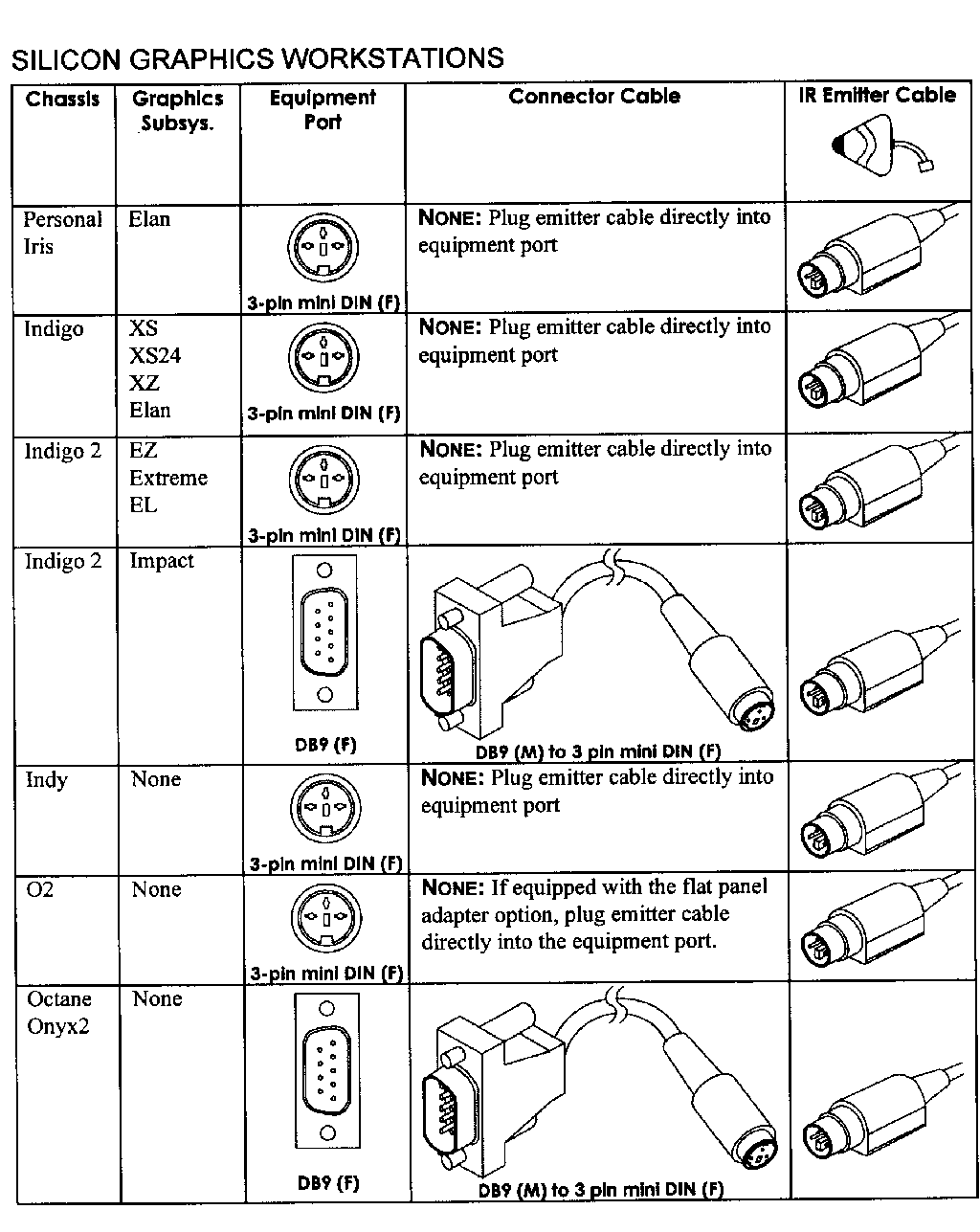Devil Master wrote:
But if it's the application itself that requests a stereo mode, then it should be rewritten to request it in the first place, or it will never do it.
So they are
not
compatible "out of the box" and this automatically
excludes
includes every closed source application.
There, FTFY. The stereo display is a built-in system feature and correctly-written software supports it. To get a depth effect, a scene must be rendered from two different camera positions, so an application must be written for stereo no matter what API is in use.
Devil Master wrote:
Trippynet wrote:
This thread
might be of use to you. In short, you need the Presenter card for the O2.
Is
this
the Presenter card you're talking about?
Yes, that card has the stereo glasses port. There were only three cards made for that special 'graphics expansion' slot in the O2: that one (for the Presenter 1280 OHP panel or stereo, not both at the same time), the 1600SW LDI adapter, and the VGA dual-head adapter.
The stereo port is a minidin-3, same pinout as VESA standard stereo, but with about +12V instead of +5V on the power pin.
You can use CrystalEyes Wired, the E1 or E2 emitter, or something called "NuVision 60GX":

(The table gives the mistaken impression that other configurations are not supported as well: e.g. VGX and Onyx use the Powered Peripheral Port; Personal Iris Eclipse uses a pin on the Genlock Option DA15 port; and Octane V6/8/10/12 use the standard minidin-3 port. They misspelled Indigo2 XL and XZ.)
(Edit: I just noticed that it is also wrong on the "Octane/Onyx2" line: the port is DE9M, not female.)
I searched for other models of VESA-compliant glasses, but they seem thin on the ground compared to proprietary solutions. All VESA glasses and emitters should work with the SGI if they are tolerant of a range of supply voltage.






